Defective components from suppliers create cascading costs through recalls, rework, and production delays that significantly impact profitability. Supplier quality assurance transforms this vulnerability into a competitive advantage by establishing systematic approaches that ensure every component meets specifications before entering your production line.
Modern manufacturers can no longer afford reactive quality approaches that catch supplier defects after they've disrupted operations. Supplier quality management systems provide proactive frameworks that identify risks early, maintain consistent product quality, and build partnerships that drive mutual success through comprehensive quality management.
What is Supplier Quality Assurance?
Supplier quality assurance represents the systematic evaluation and monitoring of supplier capabilities to ensure consistent delivery of materials and components that meet specified requirements. This comprehensive approach extends your quality management beyond factory walls to encompass the entire supply chain.
The process integrates supplier selection, qualification, ongoing monitoring, and continuous improvement activities that maintain quality standards throughout supplier relationships.
Definition of Supplier Quality Assurance
Supplier quality assurance encompasses all activities designed to ensure suppliers consistently provide materials, components, and services that meet predetermined quality specifications. This includes establishing quality requirements, conducting audits, monitoring performance, and implementing corrective actions when issues arise.
A robust supplier quality system creates documented processes for evaluating supplier capabilities, setting quality expectations, and verifying compliance through systematic inspections and audits. The system maintains complete traceability from raw materials through finished products.
Effective supplier quality control measures prevent defective materials from entering production by implementing inspection protocols, testing procedures, and acceptance criteria that verify conformance before use.
Why Supplier Quality Assurance Matters
Supplier quality management directly impacts product quality, customer satisfaction, and profitability. Poor supplier quality creates cascading effects throughout manufacturing operations, resulting in production delays, increased costs, and potential safety issues.
Strong supplier quality programs reduce the total cost of quality by preventing defects rather than detecting them after they've caused problems. This proactive approach eliminates rework, reduces scrap, and maintains production schedules that protect customer relationships.
Regulatory compliance depends heavily on supplier quality, particularly in regulated industries like pharmaceuticals, medical devices, and aerospace. Manufacturers remain responsible for supplier quality regardless of where components originate, making systematic supplier quality assurance essential for maintaining regulatory compliance.
📍 Book a Demo
📧 hello@bprhub.com
Supplier Quality Management System: Core Components
A comprehensive supplier quality management system integrates multiple components that work together to ensure consistent supplier performance. These elements create systematic approaches that transform supplier relationships from transactional exchanges into strategic partnerships.
1. Supplier Selection and Qualification
Supplier quality management begins with rigorous selection and qualification processes that evaluate potential suppliers before awarding business. This critical step prevents quality problems by ensuring suppliers possess the necessary capabilities, certifications, and quality systems.
The qualification process assesses supplier facilities, quality systems, technical capabilities, and financial stability. Site audits verify that suppliers maintain appropriate equipment, trained personnel, and documented procedures that support quality objectives.
Risk assessments identify potential quality vulnerabilities early, enabling manufacturers to implement mitigation strategies or select alternative suppliers when risks exceed acceptable levels.
2. Supplier Audits and Compliance
Regular supplier audits verify ongoing compliance with quality requirements and industry standards. These systematic evaluations assess supplier processes, quality systems, and performance against established criteria, following ISO 19011 auditing guidelines.
Audit programs typically include initial qualification audits, periodic surveillance audits, and for-cause audits triggered by quality issues. The frequency depends on supplier risk classification, product criticality, and historical performance.
Supplier quality assurance audits examine documentation systems, process controls, equipment maintenance, personnel training, and corrective action effectiveness. Findings drive improvement plans that strengthen supplier capabilities over time.
3. Quality Agreements and Standards
Quality agreements formalize expectations between manufacturers and suppliers, establishing clear requirements for materials, testing, documentation, and communication. These legally binding documents define responsibilities and create accountability frameworks.
The agreements specify acceptance criteria, inspection protocols, documentation requirements, and notification procedures for quality issues. They also address change management, ensuring suppliers notify manufacturers before implementing modifications that could affect product quality.
Industry-specific standards like ISO 9001 quality management provide frameworks that suppliers must maintain to demonstrate quality system maturity.
4. Supplier Quality Control and Inspection
Supplier quality control implements systematic inspection and testing protocols that verify conformance to specifications. These measures prevent defective materials from entering production by catching issues at receiving inspection.
Inspection strategies vary based on product risk, supplier history, and criticality. High-risk items may require 100% inspection, while proven suppliers with excellent track records might qualify for reduced inspection frequencies.
Statistical sampling techniques provide cost-effective verification while maintaining confidence in lot quality. Inspection and testing procedures should align with quality management system requirements.
5. Supplier Performance Monitoring
Continuous performance monitoring tracks supplier quality metrics over time, identifying trends before they escalate into serious problems. Key performance indicators typically include defect rates, on-time delivery, documentation accuracy, and responsiveness to issues.
Supplier quality management systems aggregate performance data into scorecards that enable objective supplier comparisons and support procurement decisions. Regular review meetings discuss performance trends and improvement opportunities.
Poor performance triggers escalation procedures that may include increased inspection, mandatory improvement plans, or business reduction pending improvement demonstration.
6. Issue Resolution and CAPA
When supplier quality issues occur, systematic corrective and preventive action (CAPA) processes identify root causes and implement solutions that prevent recurrence, following principles outlined in ISO 9001:2015 Clause 10.2. Effective CAPA systems address immediate containment while developing long-term corrective actions.
The process requires suppliers to investigate issues thoroughly, implement corrections, and verify effectiveness through follow-up monitoring. Documentation maintains complete records of problems, investigations, and resolutions.
Supplier quality assurance teams track CAPA effectiveness to ensure implemented solutions actually prevent recurrence rather than providing temporary fixes that allow problems to resurface.
7. Continuous Improvement Initiatives
Beyond problem resolution, leading supplier quality management programs drive continuous improvement through collaborative initiatives that enhance supplier capabilities. Joint improvement projects, technology transfers, and training programs strengthen supplier performance.
Improvement metrics track progress over time, demonstrating value creation from supplier development investments. Successful programs create mutually beneficial relationships where both parties invest in long-term success.
Recognition programs celebrate supplier achievements, reinforcing positive behaviors while encouraging continued excellence.
8. Risk Management Framework
Comprehensive risk management identifies potential supply chain vulnerabilities before they disrupt operations. Risk assessments consider supplier financial stability, geographic concentration, single-source dependencies, and geopolitical factors.
Mitigation strategies might include supplier diversification, safety stock increases, or second-source qualification. Regular risk reviews ensure assessments remain current as conditions change.
Supplier quality systems integrate risk management with performance monitoring, escalating attention when suppliers show declining performance indicators that suggest increasing risk.
9. Supplier Collaboration and Communication
Effective supplier quality management requires open communication channels that facilitate rapid problem resolution and continuous improvement. Regular communication maintains alignment on quality expectations, performance trends, and improvement opportunities.
Collaboration extends beyond problem-solving to include joint planning, capacity sharing, and technology development. Strategic suppliers become extensions of manufacturing operations, participating in product development and process improvement initiatives.
Digital collaboration platforms provide real-time visibility into quality metrics, pending issues, and improvement projects that keep all stakeholders informed and engaged.
Supplier Quality Assurance Process: Step-by-Step
Implementing effective supplier quality assurance requires systematic approaches that integrate with broader quality management systems. The following steps create comprehensive programs that ensure supplier quality throughout the supply chain.
Establishing Quality Standards and KPIs
Define clear quality standards that suppliers must meet, including specifications, testing requirements, and documentation expectations. These standards should align with customer requirements, regulatory obligations, and internal quality objectives. Key performance indicators provide objective measures of supplier performance across quality, delivery, and responsiveness dimensions.
Developing a Supplier Quality Control Plan
Supplier quality control plans document inspection strategies, acceptance criteria, and sampling protocols for incoming materials. These plans specify what will be inspected, how frequently, and what actions will be taken when nonconformances are detected. Risk-based approaches focus resources on high-impact items while minimizing inspection burden on proven suppliers.
Implementing Audits and Inspections
Regular supplier audits verify that quality systems remain effective and capable of meeting requirements. Audit protocols should align with recognized standards and focus on process effectiveness. Inspection programs implement the controls defined in quality plans, capturing data that supports performance monitoring and continuous improvement.
Monitoring and Reporting Supplier Performance
Performance monitoring aggregates quality data into meaningful metrics that inform procurement decisions and improvement priorities. Regular scorecards provide visibility into supplier performance trends across multiple dimensions. Real-time alerts notify quality teams immediately when performance indicators exceed control limits.
Providing Feedback and Driving Improvement
Regular performance reviews with suppliers discuss trends, address concerns, and identify improvement opportunities. These sessions should be collaborative rather than punitive, focusing on mutual success. Structured improvement programs set specific targets, define action plans, and track progress toward goals.
Using Technology to Strengthen Supplier Quality Management
Modern supplier quality management systems leverage technology to automate routine tasks, provide real-time visibility, and enable data-driven decision making. Cloud-based platforms centralize supplier data, making it accessible to all stakeholders regardless of location. Advanced analytics identify patterns and predict potential issues before they impact production.
BPRHub's Unified Compliance Framework integrates supplier quality management with broader quality systems, eliminating duplicate workflows while maintaining comprehensive oversight across all compliance requirements.

Benefits of a Strong Supplier Quality Assurance System
Implementing comprehensive supplier quality assurance programs delivers measurable benefits that extend far beyond defect reduction. These systems create competitive advantages through improved reliability, reduced costs, and stronger supplier partnerships.
Consistent Product Quality
Supplier quality management ensures that incoming materials consistently meet specifications, providing the foundation for producing high-quality finished products. This consistency eliminates variation that could cause quality problems in downstream processes.
Reduced Defects and Rework
Preventing supplier defects from entering production dramatically reduces rework, scrap, and production delays. The cost savings from defect prevention far exceed the investment in supplier quality assurance programs. Fewer defects mean less disruption to production schedules, improving on-time delivery performance and customer satisfaction.
Improved Supplier Reliability
Systematic supplier quality management builds supplier capabilities over time, creating more reliable supply chains that support business growth. Improved reliability reduces the need for safety stock and expedited shipments, lowering inventory carrying costs while improving cash flow.
Better Regulatory Compliance
Regulated industries require documented evidence of supplier quality oversight. Supplier quality systems provide the documentation and traceability that regulatory inspectors expect, reducing compliance risk through systematic approaches aligned with FDA guidance on supplier controls.
Suppliers who maintain appropriate certifications and quality systems strengthen the manufacturer's overall compliance posture. This is particularly important in industries like pharmaceuticals, where GMP requirements extend throughout the supply chain.
Optimized Procurement and Cost Savings
Strong supplier quality reduces the total cost of ownership by eliminating hidden costs associated with poor quality. Data-driven supplier selection based on quality performance ensures procurement decisions consider total cost rather than just purchase price.
Enhanced Buyer-Supplier Relationships
Collaborative supplier quality management approaches build trust and strengthen relationships between manufacturers and suppliers. Strategic suppliers become invested in manufacturer success, often going beyond contractual requirements to support customer needs.
Data-Driven Decision Making
Supplier quality management systems generate comprehensive performance data that supports informed decision-making across procurement, quality, and operations functions. Trend analysis identifies improvement opportunities and predicts potential issues before they impact production.
Supplier Quality Management Across Industries
Supplier quality assurance requirements vary across industries based on regulatory requirements, product complexity, and safety criticality. However, fundamental principles remain consistent regardless of industry context.
Manufacturing
General manufacturing environments implement supplier quality management programs focused on maintaining consistent product quality while optimizing costs. Programs balance quality requirements with commercial considerations, focusing resources on critical items through risk assessment frameworks.
Pharmaceuticals
Pharmaceutical manufacturing operates under strict regulatory oversight that extends throughout the supply chain. Current Good Manufacturing Practices require comprehensive supplier qualification, ongoing monitoring, and detailed documentation per 21 CFR Parts 210 and 211.
Suppliers must maintain appropriate certifications and submit to regular audits that verify compliance with pharmaceutical quality requirements. Material traceability from the supplier through the finished product is mandatory.
Food & Beverage
Food and beverage manufacturers implement supplier quality systems that address both quality and safety requirements. FSSC 22000 food safety certification frameworks provide structured approaches to managing supplier quality in food production.
Traceability requirements enable rapid response to food safety incidents, minimizing consumer risk and protecting brand reputation.
Automotive
Automotive manufacturers implement highly structured supplier quality management programs that emphasize defect prevention and continuous improvement through frameworks like IATF 16949.
Advanced quality planning processes engage suppliers early in product development, addressing quality requirements before production begins.
Electronics
Electronics manufacturers face unique challenges from rapid technology changes and global supply chains. Supplier quality assurance programs must address counterfeit component risks, obsolescence management, and changing specifications.
Component traceability and configuration management are critical for maintaining product quality and supporting field service activities.
Best Practices for Effective Supplier Quality Assurance
Successful supplier quality management programs share common characteristics that differentiate them from basic supplier oversight activities. These best practices create sustainable competitive advantages through superior supply chain quality.
Foster Transparent Communication
Open communication builds trust and enables rapid problem resolution. Regular meetings, shared performance metrics, and collaborative improvement initiatives create partnerships rather than adversarial relationships. Digital collaboration platforms provide real-time visibility into quality metrics and pending issues.
Align Quality Objectives with Suppliers
Suppliers perform best when they understand how their contributions support manufacturer success. Sharing quality objectives, customer requirements, and strategic priorities helps suppliers prioritize their improvement efforts. Joint business planning ensures suppliers have the capacity and capability to support growth while maintaining quality standards.
Use Data and Technology for Real-Time Monitoring
Modern supplier quality management systems leverage technology to provide continuous visibility into supplier performance. Real-time monitoring enables proactive interventions before issues impact production. Automated alerts notify quality teams immediately when metrics exceed control limits.
Build Long-Term Partnerships
Strategic supplier relationships create competitive advantages through improved quality, innovation, and responsiveness. Long-term commitments encourage suppliers to invest in capability development that supports mutual success. Supplier development programs strengthen supplier capabilities through training, technical assistance, and joint improvement projects.
How BPRHub Transforms Supplier Quality Management
BPRHub's comprehensive Quality, Compliance, and Governance platform revolutionizes supplier quality assurance by centralizing all supplier management activities within a unified, intelligent system. The platform transforms fragmented supplier quality processes into streamlined workflows that maintain continuous oversight while reducing administrative burden.
With automated supplier performance monitoring, real-time quality metrics, and integrated audit management, BPRHub ensures your supply chain maintains consistent quality standards while accelerating issue resolution. The platform's Unified Compliance Framework manages supplier quality alongside internal quality requirements, eliminating duplicate workflows that traditionally consume valuable resources.
BPRHub's intelligent automation captures supplier quality data in real-time, generates performance scorecards automatically, and provides predictive analytics that identify potential issues before they disrupt operations. This proactive approach reduces supply chain risk while freeing your team to focus on strategic supplier development initiatives.
The platform's comprehensive audit management capabilities streamline supplier audits from planning through follow-up, maintaining complete documentation that satisfies regulatory requirements. Integration with document management ensures suppliers always have access to current specifications, procedures, and quality requirements.
📍 Book a Demo
📧 hello@bprhub.com
Key Takeaways
→ Supplier quality assurance transforms supply chain vulnerabilities into competitive advantages through systematic evaluation, monitoring, and continuous improvement of supplier capabilities
→ Comprehensive supplier quality management systems integrate supplier selection, qualification, performance monitoring, and collaborative improvement initiatives that ensure consistent quality
→ Effective supplier quality control prevents defects from entering production through systematic inspection protocols, risk-based sampling, and automated quality verification
→ Technology-enabled supplier quality management provides real-time visibility, automated workflows, and predictive analytics that enable proactive rather than reactive supplier quality oversight
→ Strong supplier quality assurance programs deliver measurable benefits, including reduced defects, improved reliability, better regulatory compliance, and optimized procurement costs
→ BPRHub's integrated platform centralizes supplier quality management within unified quality systems that eliminate duplicate workflows while maintaining comprehensive supply chain oversight
Frequently Asked Questions
What is the role of supplier quality assurance?
The role of supplier quality assurance is to ensure suppliers consistently deliver materials and components that meet specified quality requirements through systematic quality management approaches. This includes establishing quality standards, conducting supplier audits, implementing inspection protocols, and driving continuous improvement to protect manufacturers from supply chain quality risks.
What is a supplier quality management system?
A supplier quality management system is a comprehensive framework documenting processes and responsibilities for ensuring supplier quality throughout the supply chain, aligned with ISO 9001 quality management principles. The system integrates supplier selection, qualification, performance monitoring, audit management, and continuous improvement activities that provide structured approaches to evaluating capabilities and verifying compliance.
What are the key elements of supplier quality?
The key elements of supplier quality include supplier selection and qualification processes, quality agreements formalizing expectations, systematic audits verifying compliance, inspection and testing protocols confirming conformance, performance monitoring tracking metrics, and corrective action processes addressing issues. Additional elements include risk management frameworks and technology systems providing real-time visibility.
What is SQA in quality assurance?
SQA stands for Supplier Quality Assurance, representing all activities ensuring suppliers consistently provide materials meeting predetermined quality specifications. SQA encompasses supplier evaluation, ongoing monitoring, systematic audits, inspection protocols catching defects before production, and collaborative improvement initiatives strengthening capabilities through proactive quality management.
How do you implement supplier quality assurance?
Implementing supplier quality assurance begins with establishing clear quality standards and performance metrics that suppliers must meet. Develop comprehensive selection criteria and qualification processes, evaluating capabilities through documented procedures. Create quality agreements formalizing expectations, implement systematic audit programs, establish performance monitoring systems, and develop corrective action processes while maintaining quality records.
What is the difference between supplier quality and quality control?
Supplier quality focuses on ensuring external suppliers provide materials meeting specifications, while quality control refers to internal verification activities confirming products meet requirements before release. Supplier quality management extends quality systems upstream into the supply chain through selection, qualification, and monitoring, while quality control focuses on inspection and testing of finished products.
Get insights that help you minimize risks and maximize profits.
Dive deeper into manufacturing compliance with our free resources.
We get it, compliance can get tough.
Here are some additional resources to help.
We get it, compliance can get tough. Here are some additional resources to help.
Get updates in your inbox

.svg)
%20(1).svg)
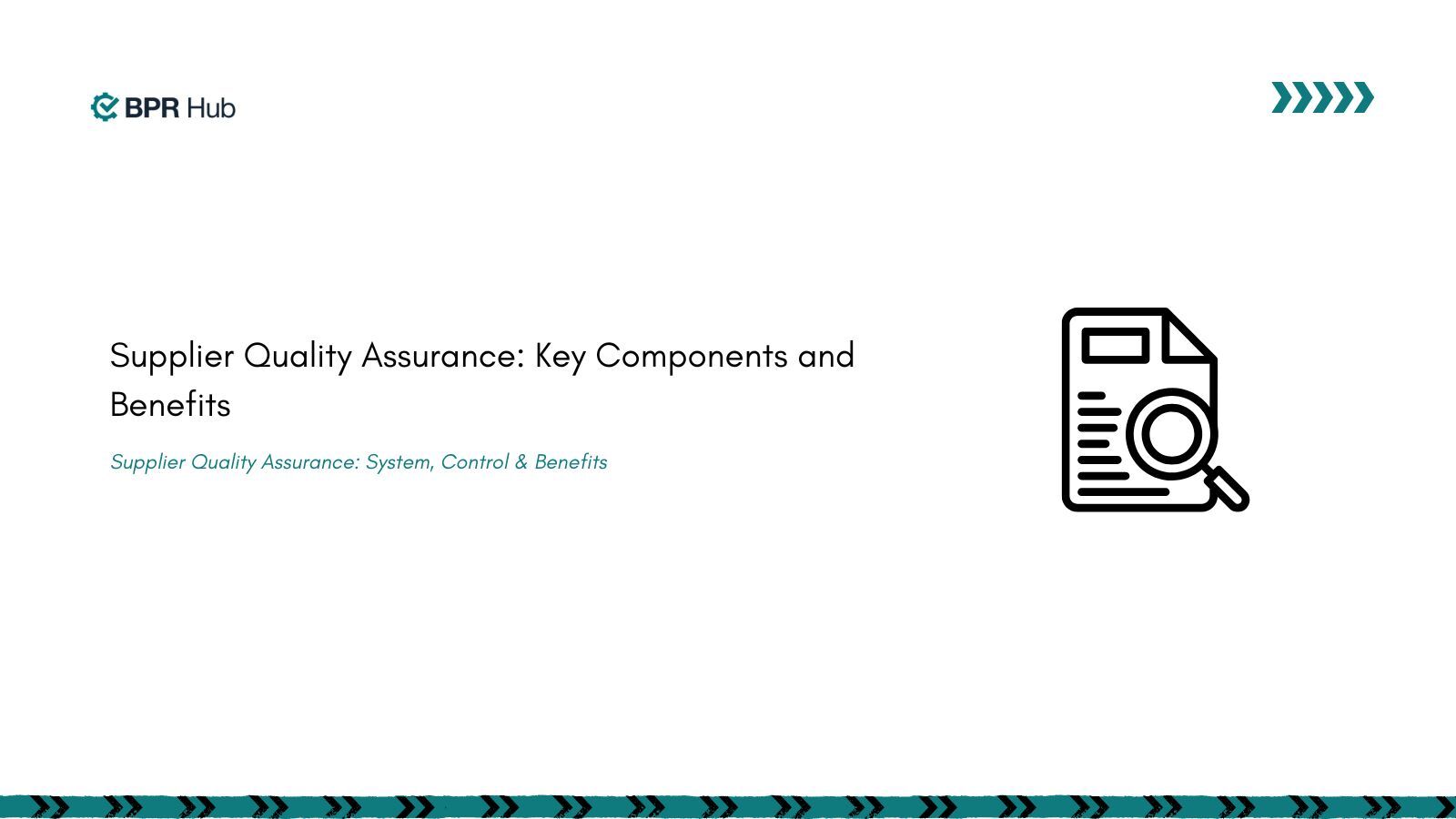

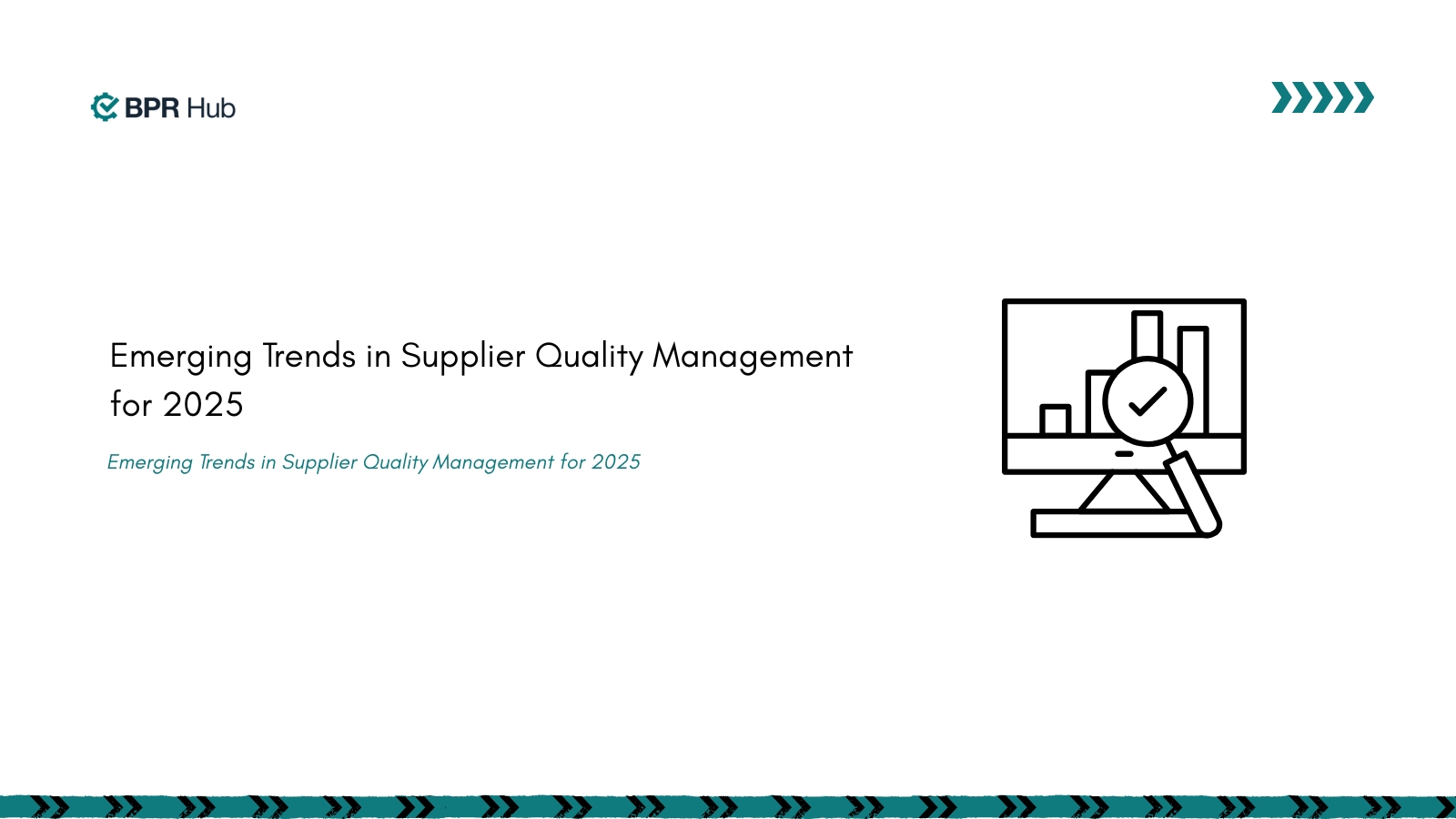
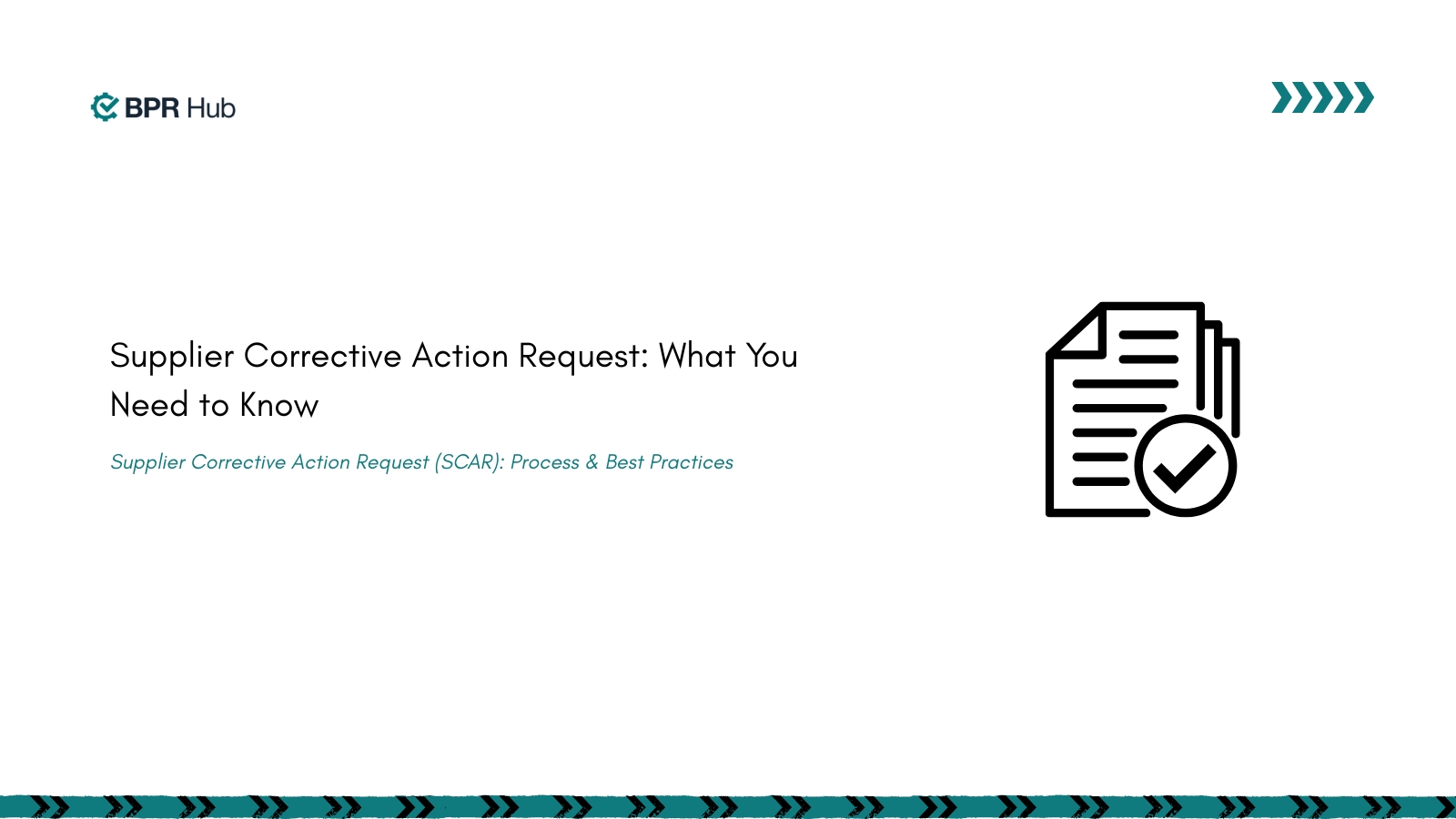
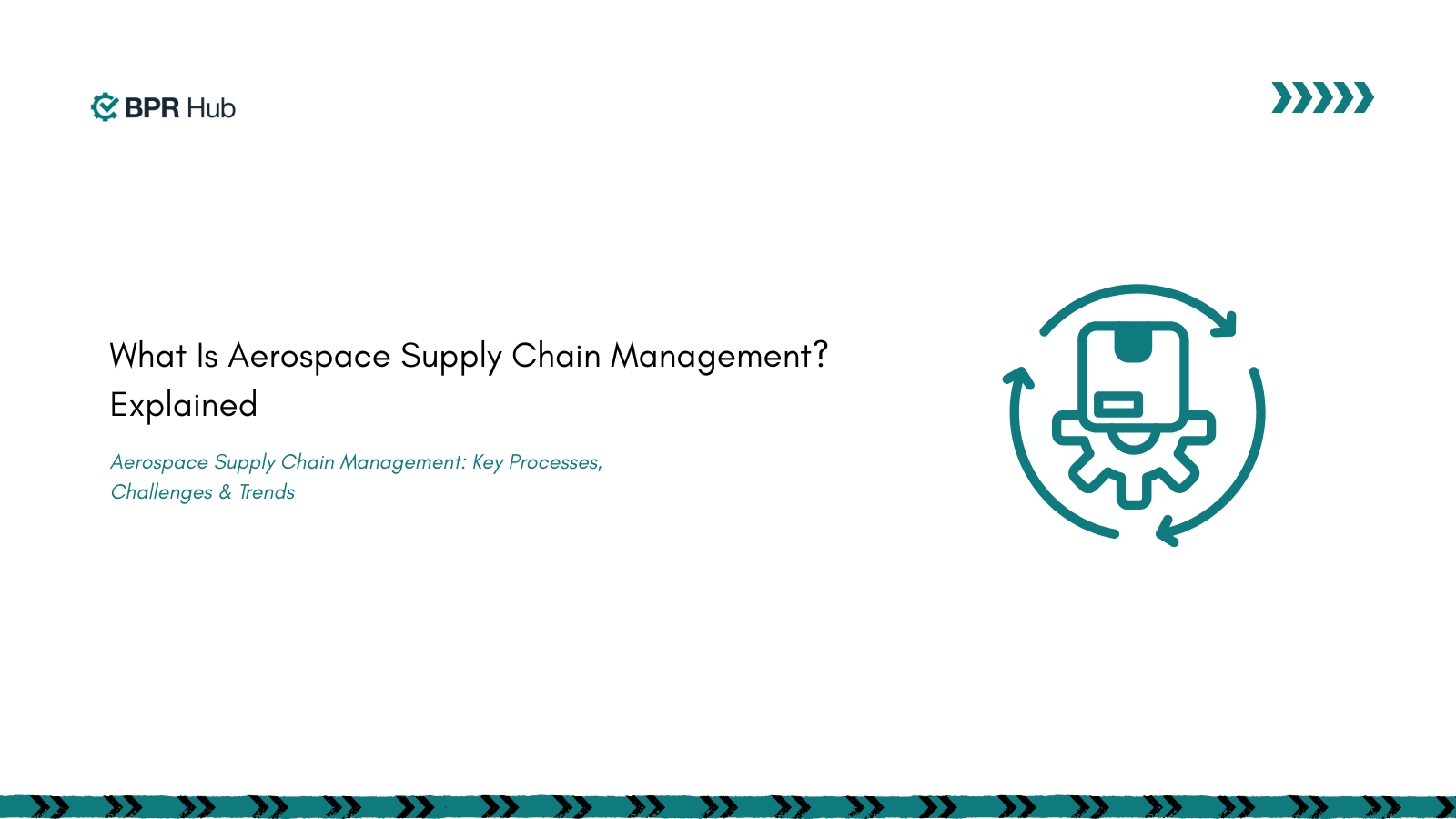
%20(1).svg)

.avif)

